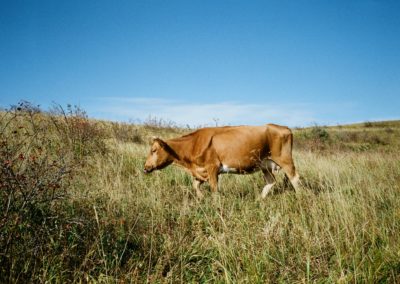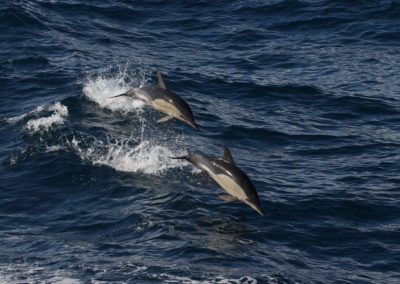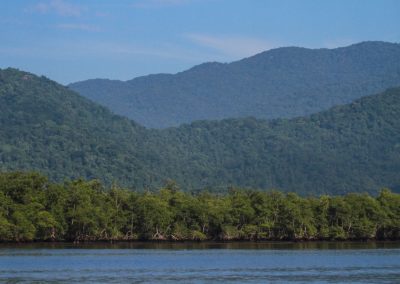Maputaland’s conservation corridor
Background
The Maputaland Centre of Endemism is a region in Eswatini (Swaziland), Mozambique and South Africa that is globally recognised for its conservation value. However, this biodiversity is threatened by the spread of agriculture and over-harvesting of natural resources, so the three range states are committed to developing a Transfrontier Conservation Area (TFCA) that will conserve this important region, while also creating jobs through ecotourism. The spatial prioritisation was used to support this process, guiding where new conservation areas should be established based on the distributions of 44 landcover types, 53 species and 14 ecological processes. The results have been used to block unsuitable developments in priority conservation areas, inform the development of a conservation corridor between Maputo Special Reserve in Mozambique and Tembe Elephant Park in South Africa, and to guide funding priorities by the Critical Ecosystem Partnership Fund.
Innovation
This was a transfrontier conservation planning project that used habitat transformation risk as the cost layer, which acted as a metric of opportunity cost from subsistence agriculture.

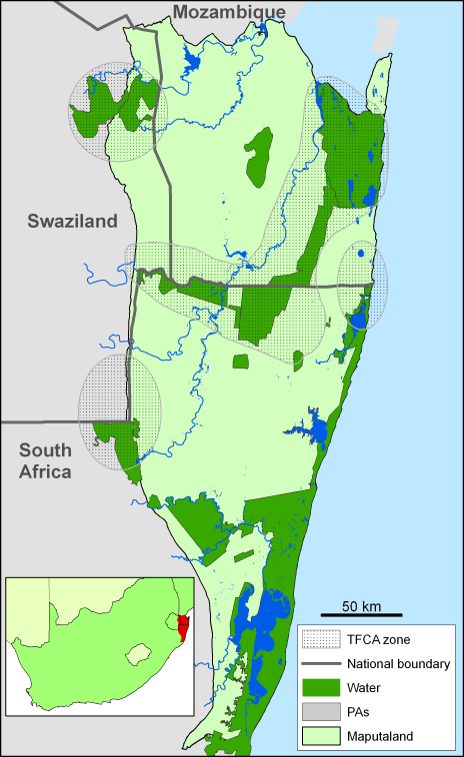
Who were the partners
Eswatini National Trust Commission, Administração Nacional das Áreas de Conservação in Mozambique and Ezemvelo KwaZulu-Natal Wildlife in South Africa
Results
Maputaland contains 16 protected areas, of which 2 are in Mozambique, 12 in South Africa and 2 in Swaziland. This PA system conserves 13.3% of the Mozambique section, 28.9% of the South African section and 13.2% of the Swaziland section of Maputaland, providing a combined protection level of 21.2% of the whole region. This protected area system meets the representation targets for 51 of the conservation features and 50% of the targets for another 28 features. However, four of the landcover and species features are found entirely outside the current PA system.
The initial Marxan analysis identified a number of large patches with high selection frequency scores. These are found in the central part of Mozambique and south of Maputo Special Reserve, south of Ndumo Game Reserve, Tembe Elephant Park and Mkhuze Game Reserve in South Africa, and around the PAs in Swaziland. Smaller patches are found neighbouring most of the existing PAs and in isolated areas that contain key plant species. Marxan identified 887 planning units that were selected in each of the 200 runs and 5288 planning units were selected 75 or more and so formed the basis of the initial conservation landscape.
The final conservation landscape contains a number of new core areas that join and extend the existing PA network. The largest new core areas link the Maputo Special Reserve and Licuati Forest Reserve in Mozambique with PAs in South Africa, but there are other important areas to the south of Mkhuze Game Reserve and the existing PAs in Swaziland. A number of linkages have also been identified that are needed to meet the specified connectivity targets. The combined extent of these new core areas is 4291 km2 and that of the linkages is 480 km2, which means that implementing this conservation landscape would increase the land managed for biodiversity from the current 3830 to 8601 km2. Based on our model, these extra core areas would have the potential to produce US$17,334,098/year of revenue and the linkages would have the potential to produce US$1,466,600/year of revenue from game ranching.
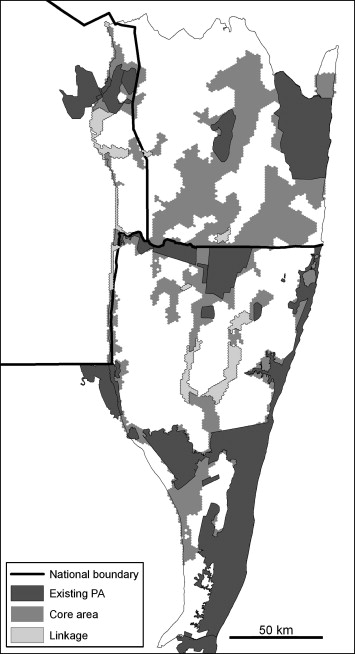
References:
References
Smith, Robert J., et al. "Designing a transfrontier conservation landscape for the Maputaland centre of endemism using biodiversity, economic and threat data." Biological Conservation 141.8 (2008): 2127-2138. https://doi.org/10.1016/j.biocon.2008.06.010
Contact Information:

Robert J. Smith
Durrell Institute of Conservation and Ecology, University of Kent

